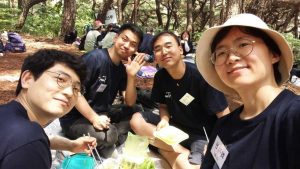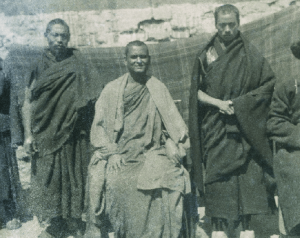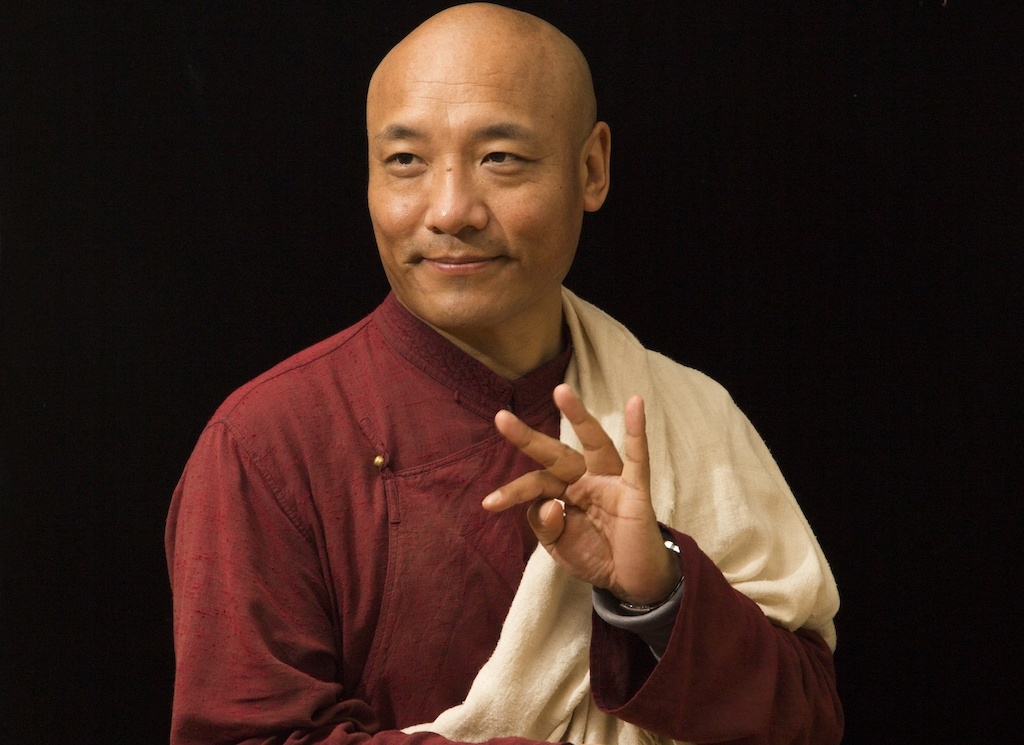
I truly enjoy my conversations with the quiet, authoritative Anam Thubten Rinpoche, and I was glad to learn last year that he likes coming to Hong Kong to teach. This patient and soft-spoken Nyingma master has a devoted, urbanite, and educated following in the cosmopolitan enclave. “I really enjoy being in Hong Kong and I feel that I’m learning how to teach in Hong Kong and understand more about the culture and people. The people have been wonderful, and the learning experience for me overall and sharing the Dharma has been a source of joy. The people who come to my teachings have been very sincere and intelligent, and I feel that these people really have the capacity to understand the depth of Buddhism,” he told me when we met in December.
“The practices and teachings I’m offering are in some ways not that easy. I always remind people that they have to work hard. I’m just a Dharma teacher and not a personal savior. All I can do is create a sacred space and share the Dharma to the best of my ability, but I constantly remind them that they have to do the work.” In this regard Rinpoche had particular praise for what he saw as the independent-minded and hardworking spirit of his Hong Kong-born disciples. “Overall, people who come to my events seem to be very sincere and are not ‘window-shopping’ for Dharma! It seems they have real devotion and are willing to walk the path and practice. That’s what I see. They kind of know what they’re getting into.”
Amid the frenetic buzz of commerce and dealmaking that underpins Hong Kong, however, there is one practice that is particularly relevant for a city associated with status, wealth, and material advancement. “All my teachings are about working on non-attachment, which is not easy to do. I think the hardest part of the Buddhist tradition is non-attachment. We don’t have Buddhism without that. I’m of course not saying that non-attachment means entering into a monastery and leaving your job or career and becoming some kind of monk. I’m talking about non-attachment as a state of consciousness. We often miss this principle and it’s one that I see as very important,” said Rinpoche.
Non-attachment seems to be a very fitting principle to teach in Hong Kong—as anyone who has lived or worked here will know, it is extremely hard not to be swept up and carried along by the city’s constant current of energy and ambition, that invisible yet palpable tension that hums through urban centers such as Central, Causeway Bay, and Mong Kok. The Nyingma school is notable for not having a monastic tradition like the other Vajrayana schools. Its greatest masters have always been husbands and fathers; in other words, lay Buddhists. Perhaps there was something of a model here for busy Hong Kong denizens, many of whom wish to find a more spiritual and fulfilling approach to this materialistic lifestyle, yet will rarely consider a serious and committed monastic life.
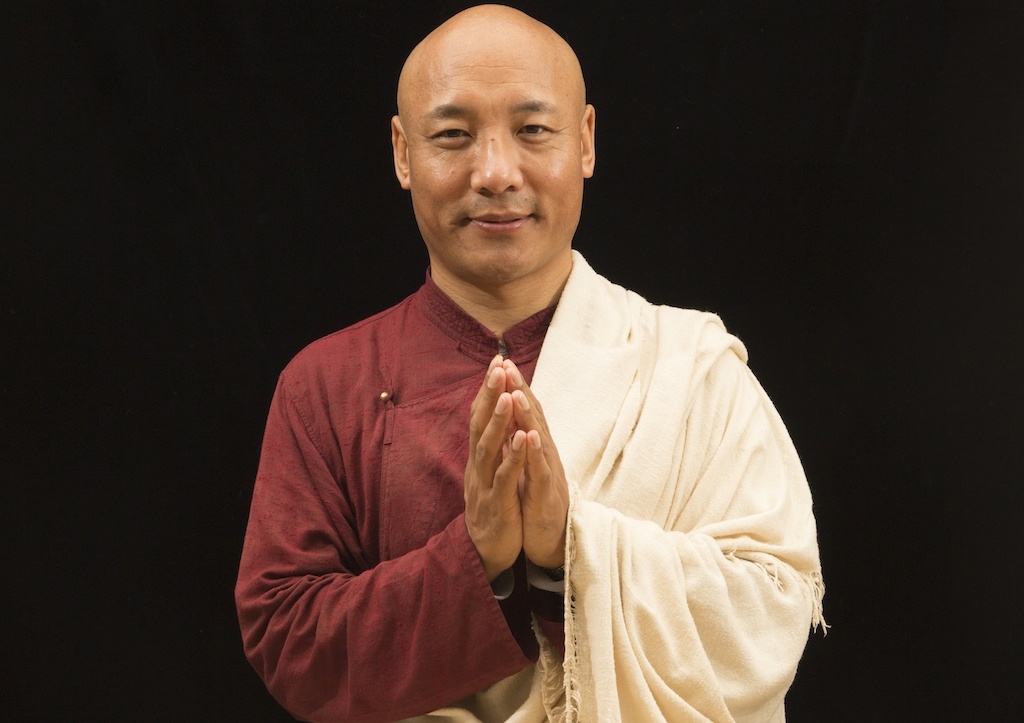
“The Nyingma tradition is a wonderful example for our modern way of life because you won’t find a huge influx of people rushing to become renunciates. You look at the giant monasteries of India or Tibet or in other places and that’s in the past. The world has moved forward and as we become more educated and affluent not everyone wants to become a monk, and it’s not very practical either,” he said. “Who’s going to feed these thousands of monks, and everyone has to work and go to school! At least the Nyingma tradition says that you can be married, have a house, a life, a career, a family, and still follow the path and even become a lineage holder.” Rinpoche feels that this is the most authentic way to fully embrace the Buddhist path—amid the responsibilities and trials of the lay life.
The Nyingma tradition also places less emphasis on hierarchy than the three other major schools of Himalayan Buddhism—the Sakya, Karma Kagyu, and Gelug. To be sure there are extremely well-respected Nyingma masters, but there is no head or center of government, unlike the other schools. “It’s more of a yoga community where everyone does their own thing,” says Rinpoche, beaming and laughing mildly. “Throughout history we’ve been even more disorganized; it’s in fact relatively recently that we have become a bit more institutionalized. We are like Buddhist gypsies.”
This may be an advantage in the context of today’s cultural preference for decentralized religious institutions. Rinpoche also observed that in the West, where he usually teaches, practitioners have strong reactions against institutionalized faith. “Many churches are going empty,” he said. “But at the same time, the secular West thirsts for spirituality, because material wealth and technologies are limited in the answers they provide about the human condition and they can’t quench the thirst of our hearts.”
There will always be the Dharma or spirituality, Rinpoche believes. But organized religion faces great skepticism, so he also recognizes that Buddhism needs to organize itself in new ways that accommodate this zeitgeist. “If your approach is more organic and it’s not so much a matter of trying to control people and more of sharing wisdom, people will find it appealing.”
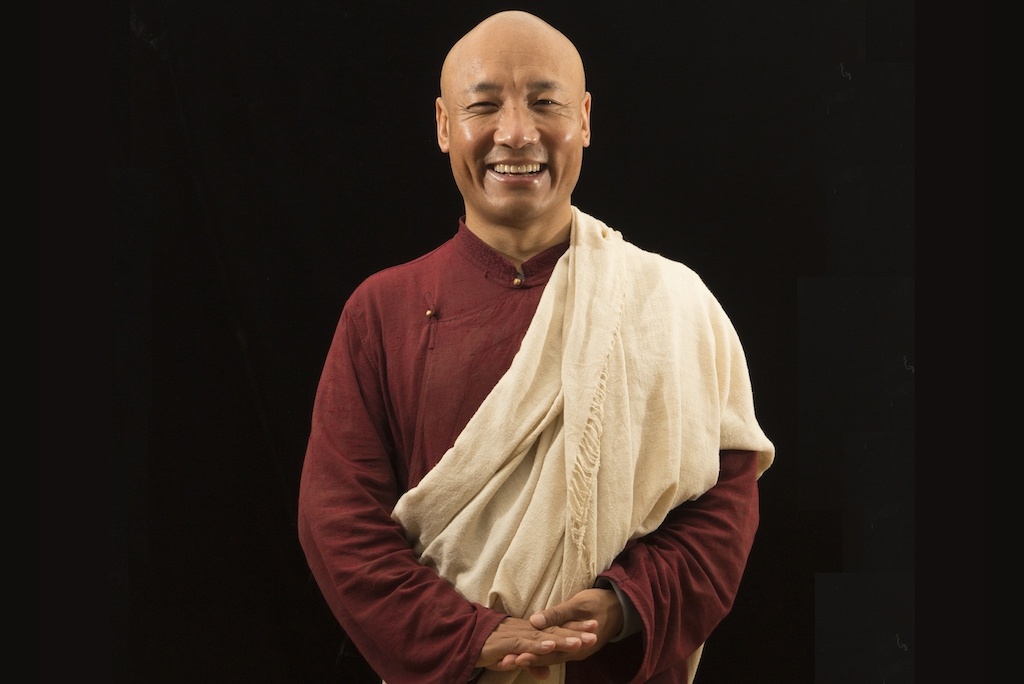
After a tumultuous 2016, what is Rinpoche’s outlook as we head into 2017 with more storm clouds on the horizon, from the existential threat of climate change to rising stakes in the geopolitical arena? “This is a really great time to revisit the teachings of the Buddha. Even though he died 2,500 years ago, everything he said pretty much rings true and is relevant today. Our world is crazier than ever and this is a good time to remember impermanence, that things never stay the same. Impermanence is good in the sense that bad things go and good things come,” he mused.
“But impermanence frightens us when good things go and bad things come. When life is working for us and then the foundations start crumbling, this brings up fear. We ask ‘what’s going to happen?’ This is the time when we need to take refuge in the Dharma, which means to find comfort in impermanence, which is not really logical for the ego!” he encouraged. He seems to speak directly to all those feeling trepidation in 2017 when he concluded: “This year is a great opportunity for practitioners to really practice the Dharma and not just intellectualize, but to live with impermanence and make it more of an experience in their everyday lives.”
See more




